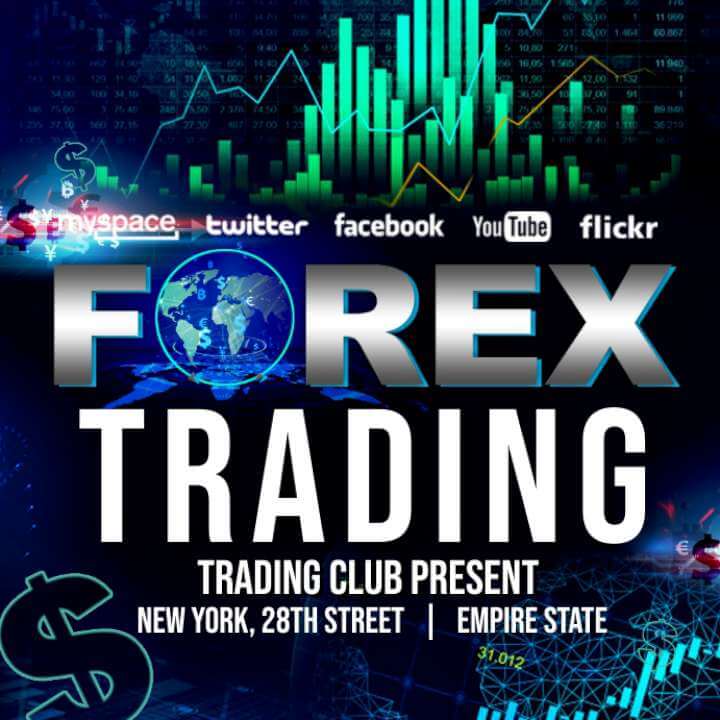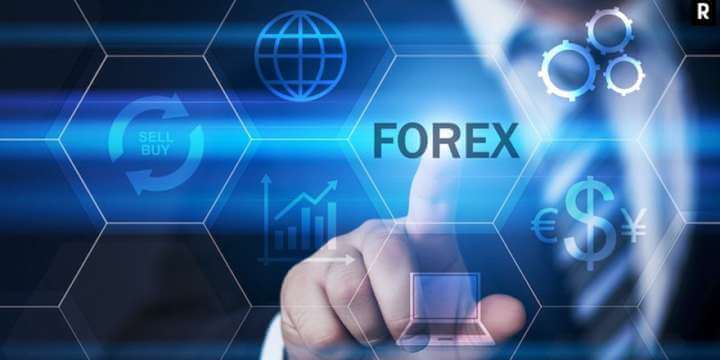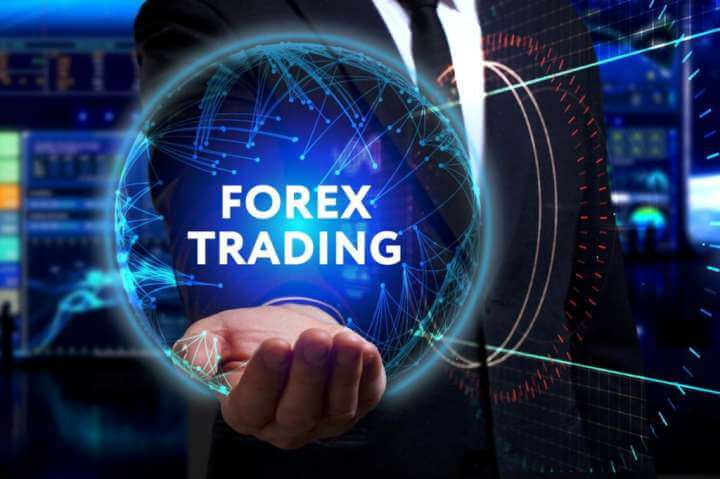Let’s talk about the elephant in the room: How U.S. trade is shaking up Forex markets. If you’ve ever wondered why currency values swing like a pendulum, buckle up—because America’s economic moves play a massive role here. Spoiler alert: It’s messy, it’s complex, and there’s no one-size-fits-all theory to explain it all. But hey, that’s what makes Forex trading equal parts thrilling and terrifying, right?
First off, U.S. trade activities slam the Forex market harder than a wrecking ball. We’re talking exchange rates nosediving or skyrocketing based on everything from tariffs to consumer trends. Now, here’s the kicker: Currency fluctuations boil down to two main types. You’ve got individual price shifts (think oil or tech stocks) and broader transaction-level changes. The latter? That’s where the real drama happens.
But let’s break this down. Prices swing up or down because of supply and demand. Demand shifts when, say, TikTok suddenly hypes up avocado toast (thanks, influencers), or when gas prices spike. Supply, on the other hand, dances to the tune of production costs, wage wars, or even tax hikes. These factors don’t just tweak prices—they shove entire economies into chaos. And yet, somehow, currency values can stay weirdly stable… until they don’t.
Why Does Forex Even Fluctuate?
Here’s the million-dollar question. Despite over a century of research, economists still can’t pin down a single theory that explains every currency rollercoaster. We’ve got clues, though. For example, when markets panic over inflation rumors or central banks play hardball with interest rates, currencies react like startled cats. But here’s the thing: No theory fully predicts these moves. Not yet, anyway.
Back in the day, people thought money was just a simple tool for buying stuff. Oh, how wrong they were. Modern economies? They’re tangled webs where currency values shape everything—jobs, politics, even your Netflix subscription cost. Money isn’t passive; it’s a puppeteer pulling countless strings. Some effects are obvious (lookin’ at you, inflation). Others? They’re lurking in the shadows, waiting to ambush your portfolio.
So, where does this leave us? Stuck in a love-hate relationship with theories. Older ones, like the commodity or quantity theory of money, still have die-hard fans. But newer concepts? They’re less about hard rules and more about asking better questions. Think of them as flashlights in a fog—they won’t show you the whole path, but they’ll keep you from face-planting into a tree.
Bottom line: Forex is a beast fueled by U.S. trade, global panic, and theories that can’t keep up. Want to survive it? Stay curious, stay skeptical, and never stop digging into that ‘why.’
Why does U.S. trade have such a massive impact on Forex markets compared to other countries?
The U.S. dollar dominates global trade as the world’s primary reserve currency. Over 60% of international transactions use the USD, meaning shifts in U.S. demand, tariffs, or policies ripple through economies worldwide. When the U.S. imports or exports goods, it directly affects dollar liquidity, which then pressures exchange rates of partner currencies like the euro or yen.
Plus, the U.S. Federal Reserve’s monetary decisions—like interest rate hikes—often set the tone for global markets. If the Fed tightens policies, investors flock to the dollar for higher returns, causing other currencies to depreciate. This “safe-haven” status amplifies America’s influence, making its trade moves a linchpin for Forex volatility.
Can everyday consumers influence Forex fluctuations, or is it all about big institutions?
While institutions like banks and hedge funds drive large-scale trades, consumer behavior plays a sneaky role. For example, if Americans suddenly consume excessively on imported gadgets, it boosts demand for foreign currencies like the yen (to pay Japanese manufacturers), weakening the dollar. Similarly, tourism spikes or cultural trends (like K-pop driving Korean exports) can nudge exchange rates.
That said, retail traders now have more power than ever. Platforms like Robinhood let individuals trade currencies easily, creating micro-impacts. While a single person won’t move the market, collective retail trading frenzy—like during meme-stock mania—can amplify volatility in niche Forex pairs.
How reliable are economic theories in predicting Forex shifts caused by U.S. trade?
Most theories offer clues, not crystal balls. For instance, the Purchasing Power Parity (PPP) theory suggests currencies adjust to balance price differences between countries. But in reality, politics, speculation, and black swan events (like pandemics) warp these patterns. The 2008 crisis and 2020 COVID crash shattered even the savviest models.
That’s why traders blend theories with real-time data. While theories like the “Mundell-Fleming model” explain how interest rates and trade interact, algo-driven markets now react faster than textbooks can update. Staying flexible—and watching Fed speeches—is often wiser than rigidly following any single theory.
What practical steps can Forex traders take to hedge against U.S. trade-related risks?
First, diversify your portfolio. Don’t just bet on dollar pairs; include commodities like gold or currencies from neutral economies (e.g., Swiss franc). Second, use stop-loss orders to limit losses if the dollar tanks post-trade-deal news. Tools like forex options also let you lock in exchange rates for future dates, shielding you from sudden swings.
Lastly, stay glued to the economic calendar. U.S. trade deficit reports, Fed meetings, and tariff announcements are landmines. Pair this with technical analysis—like support/resistance levels—to spot trends before headlines drop. Remember: In Forex, the early bird (or algorithm) gets the profit!



